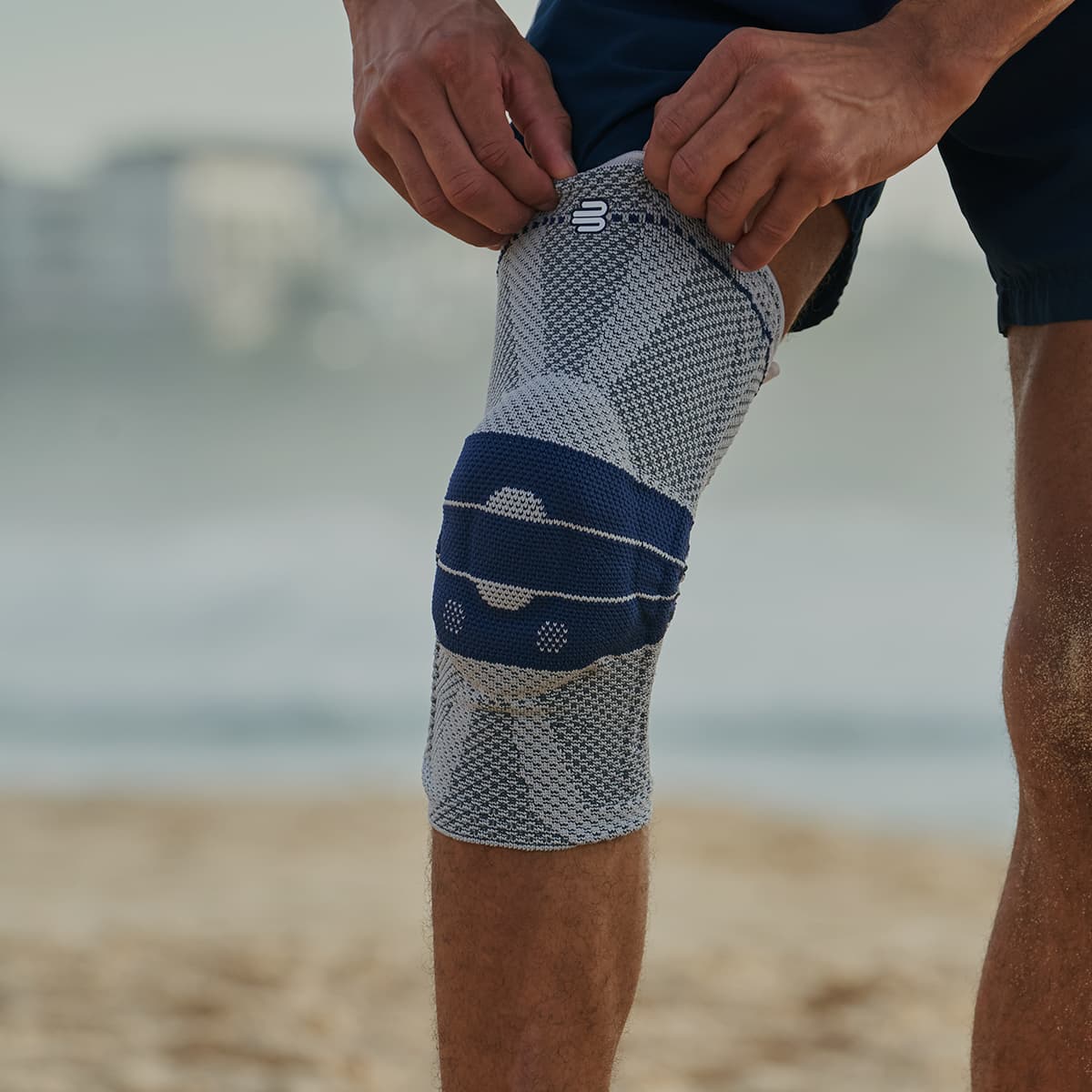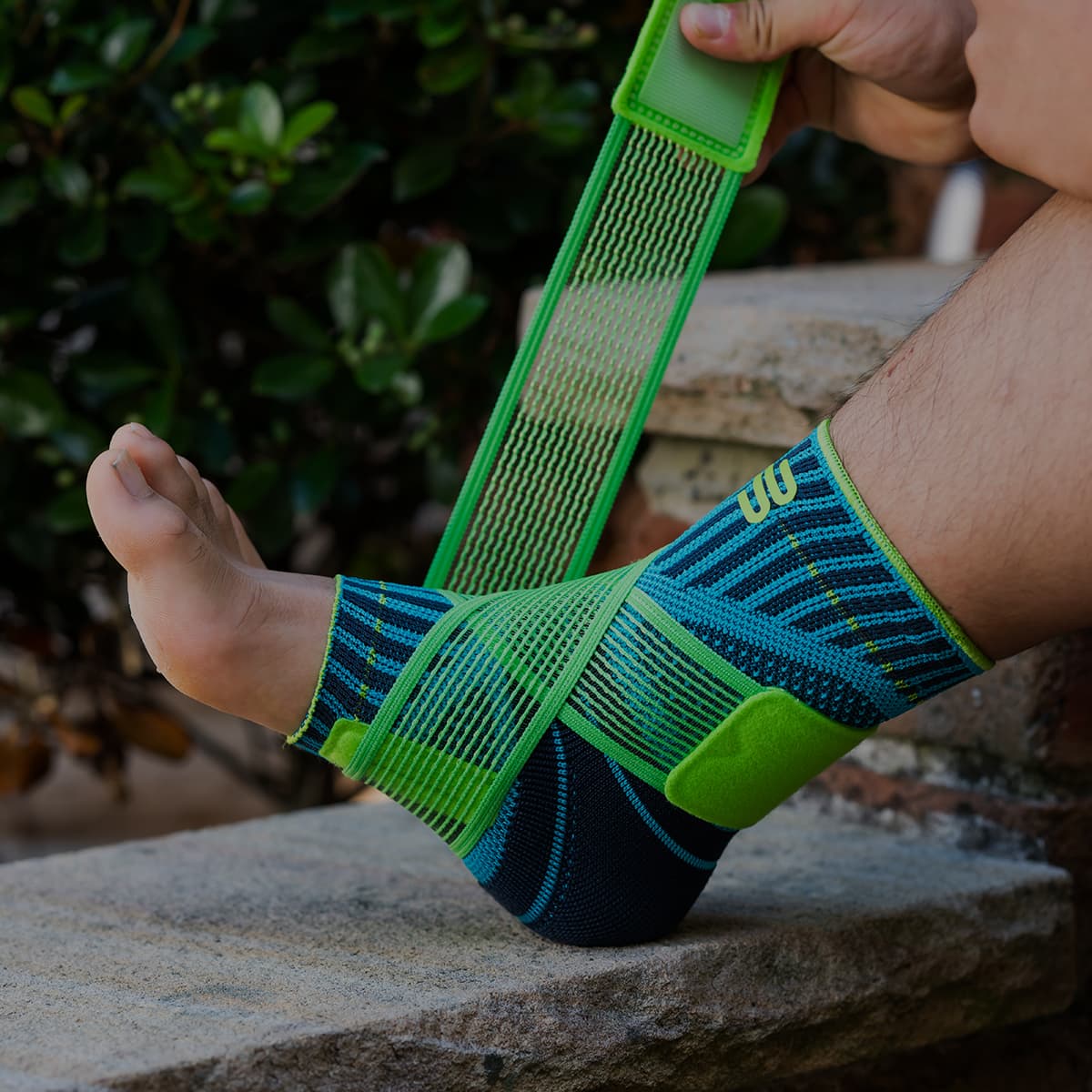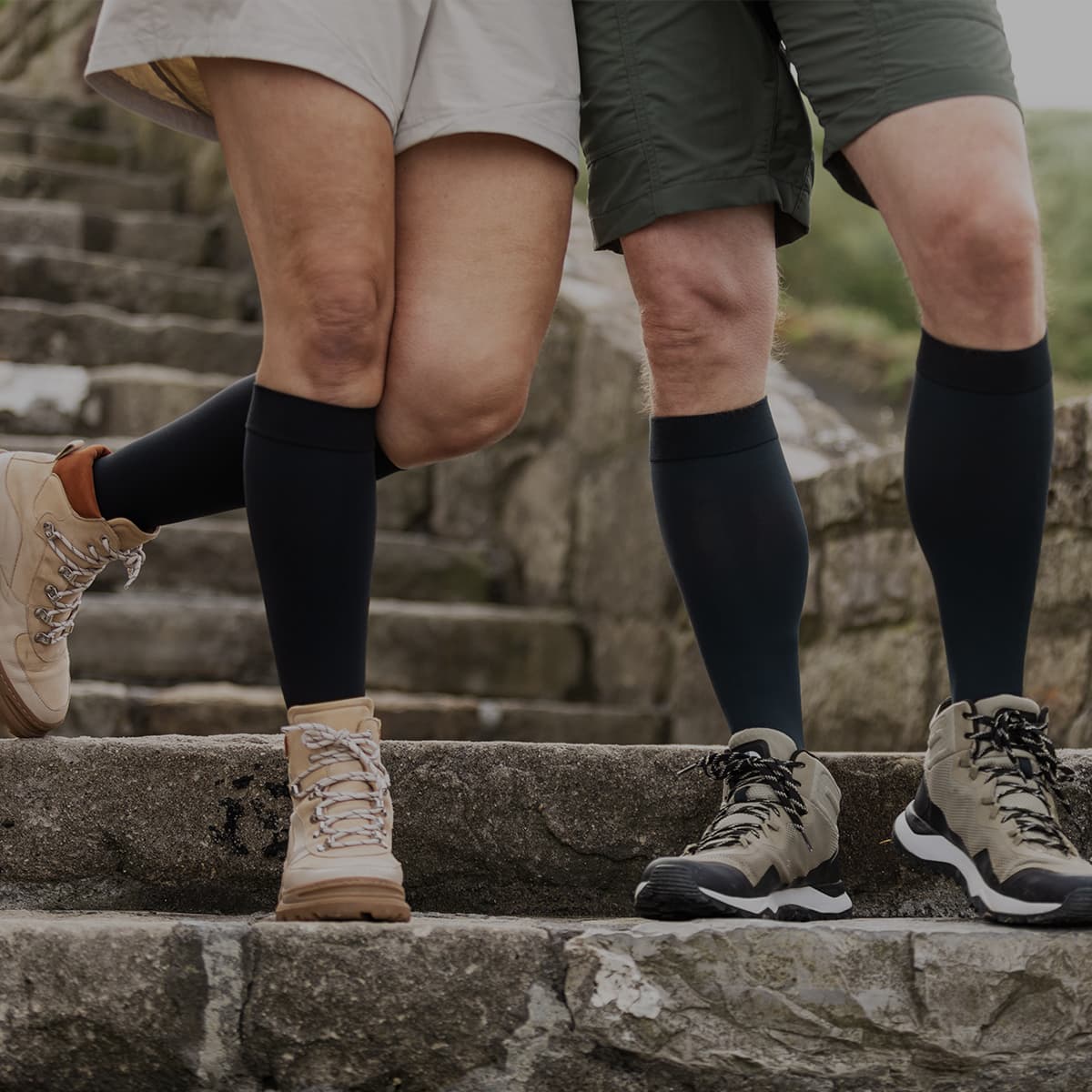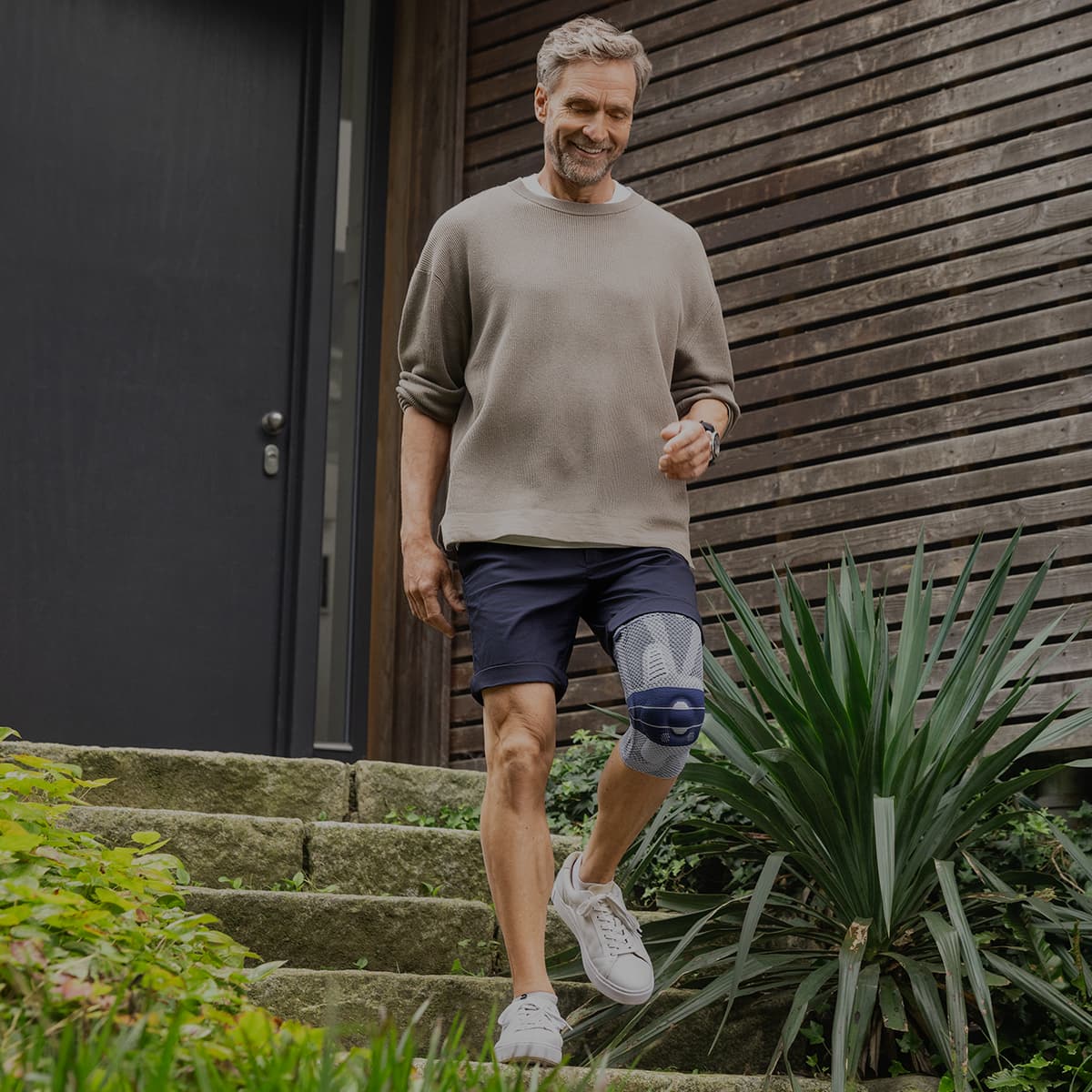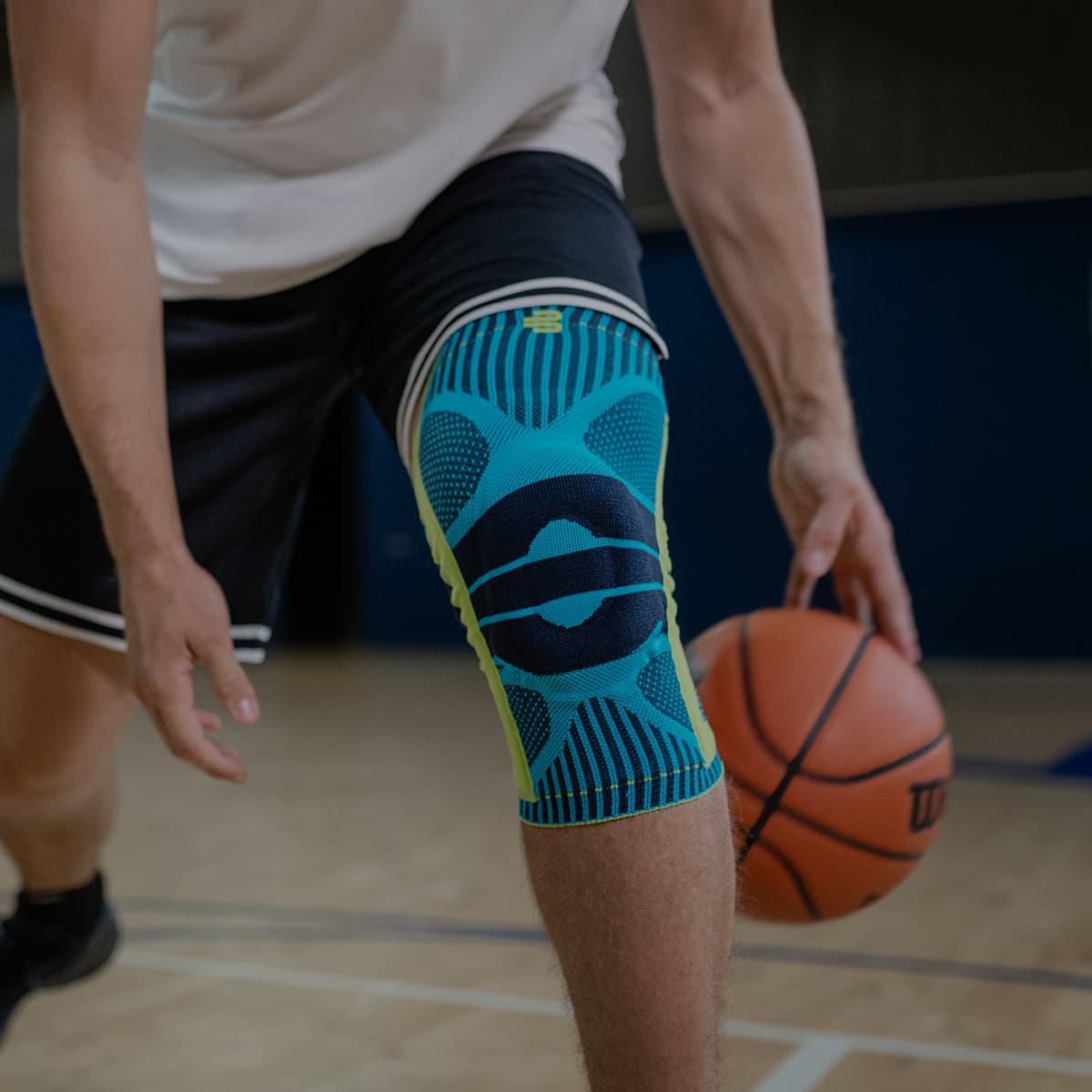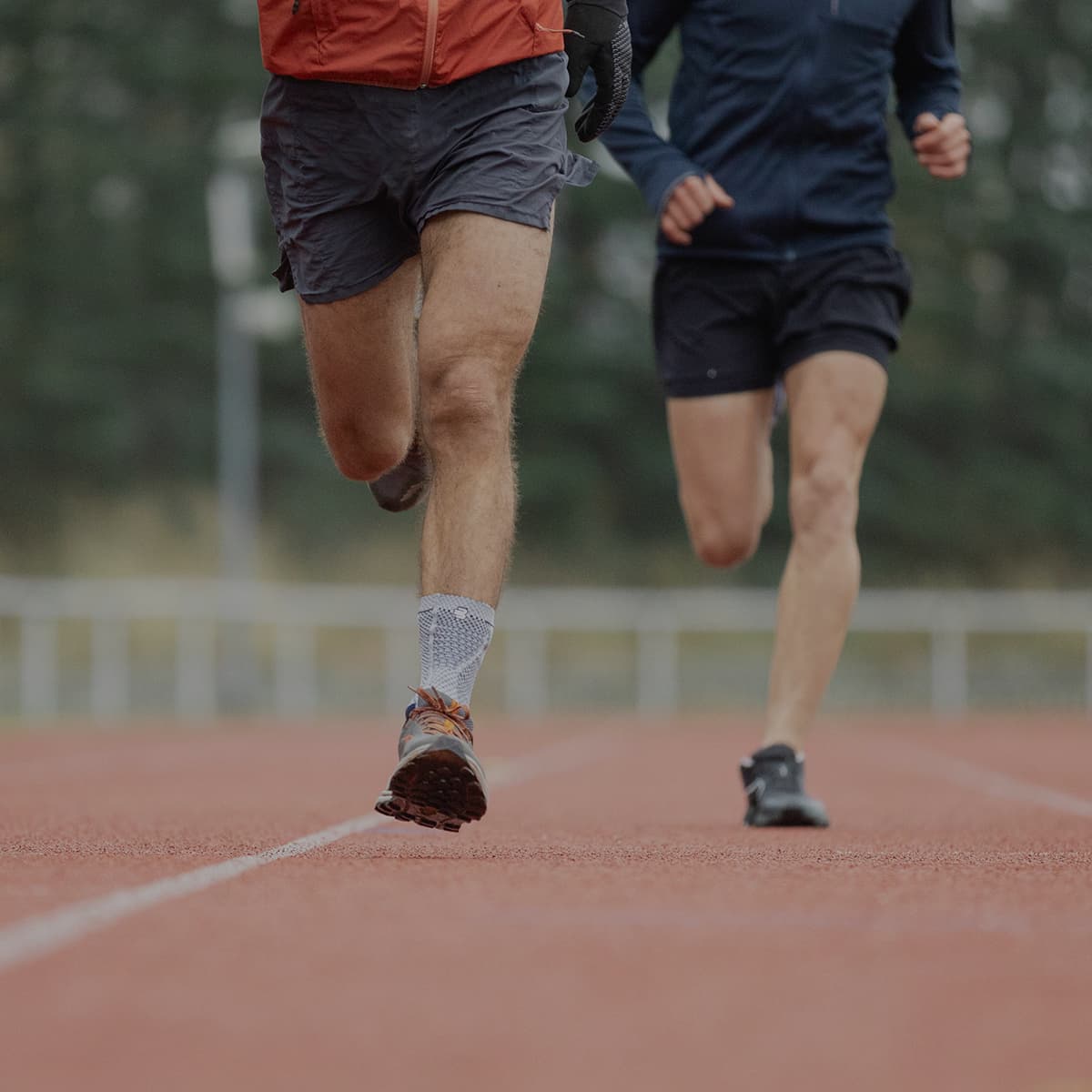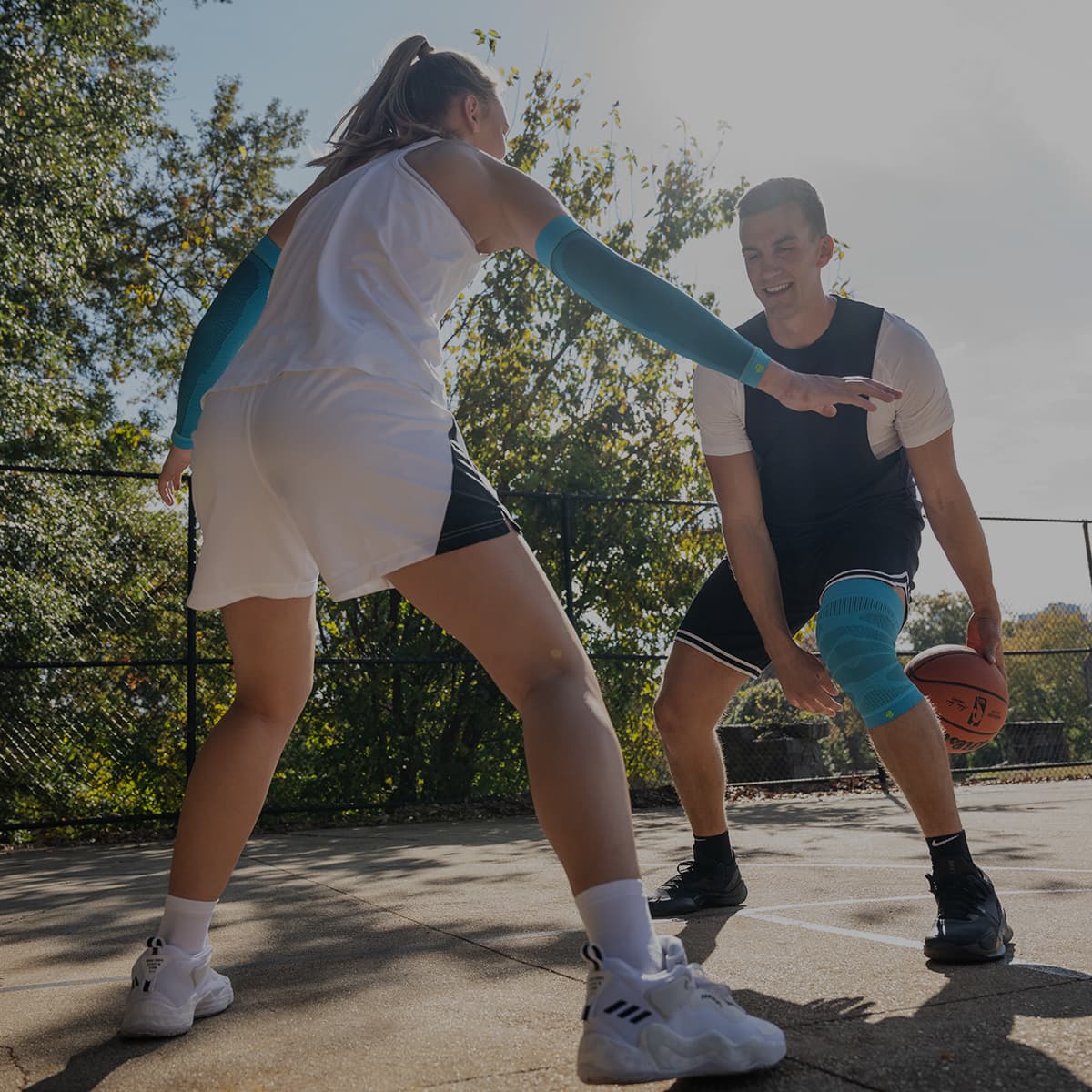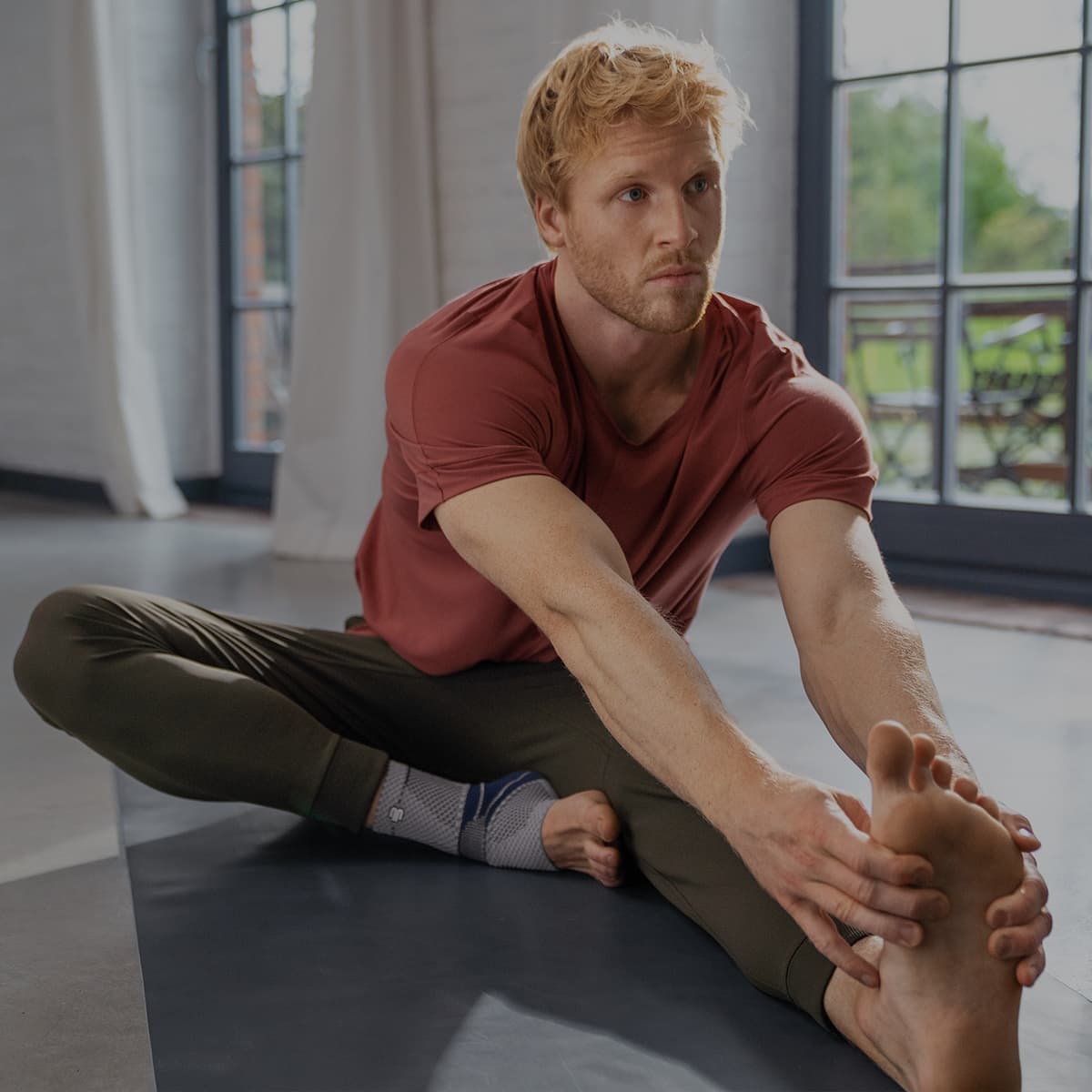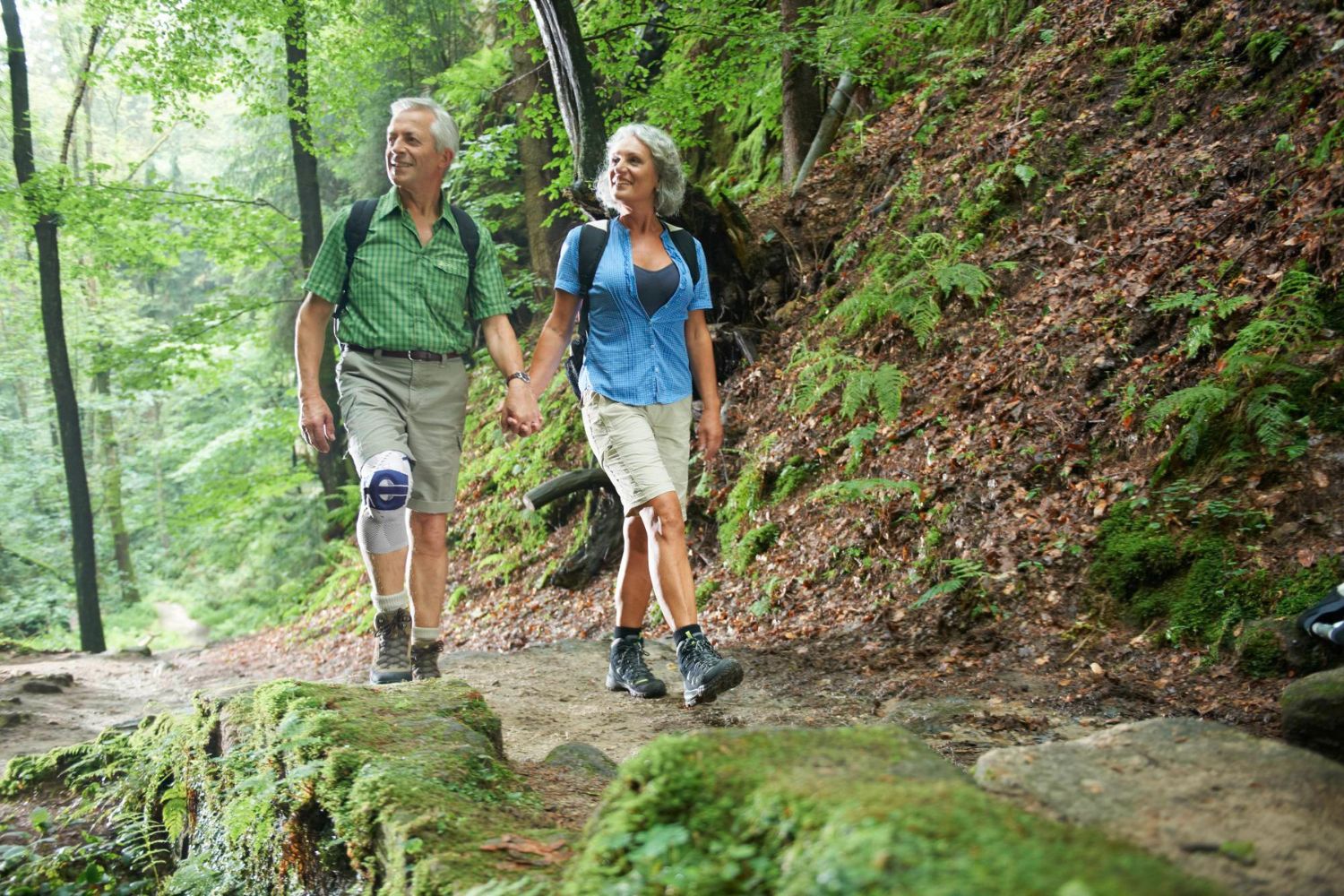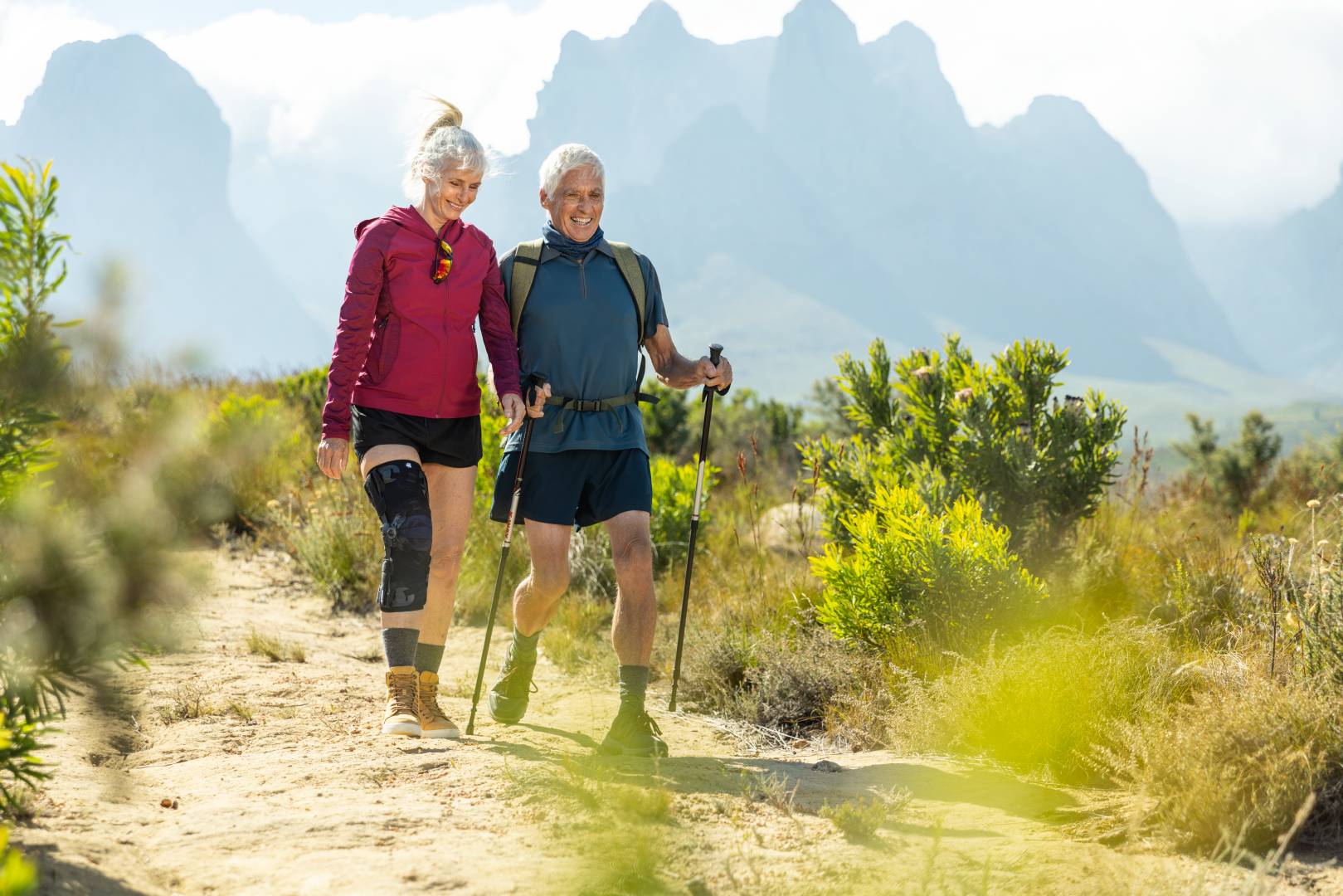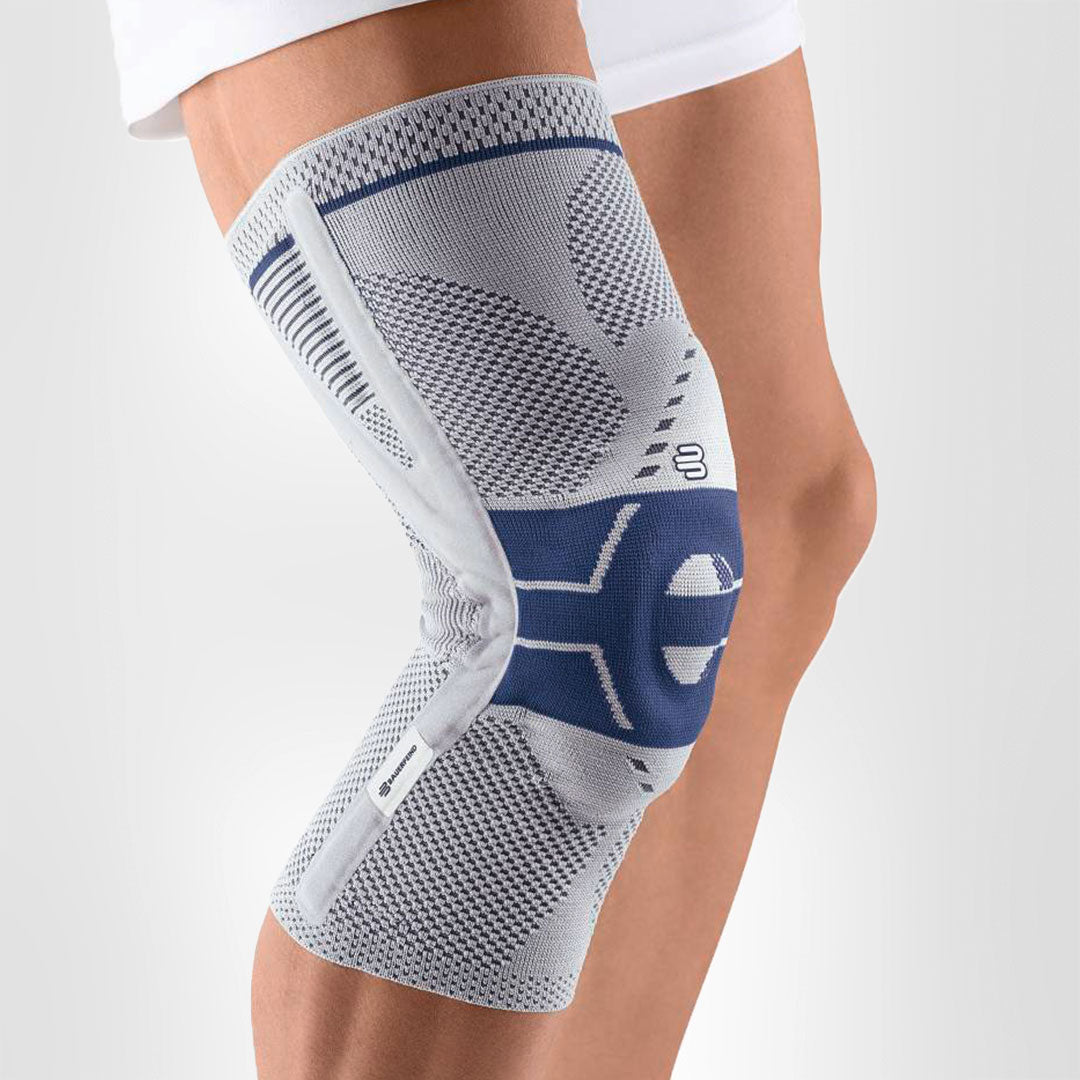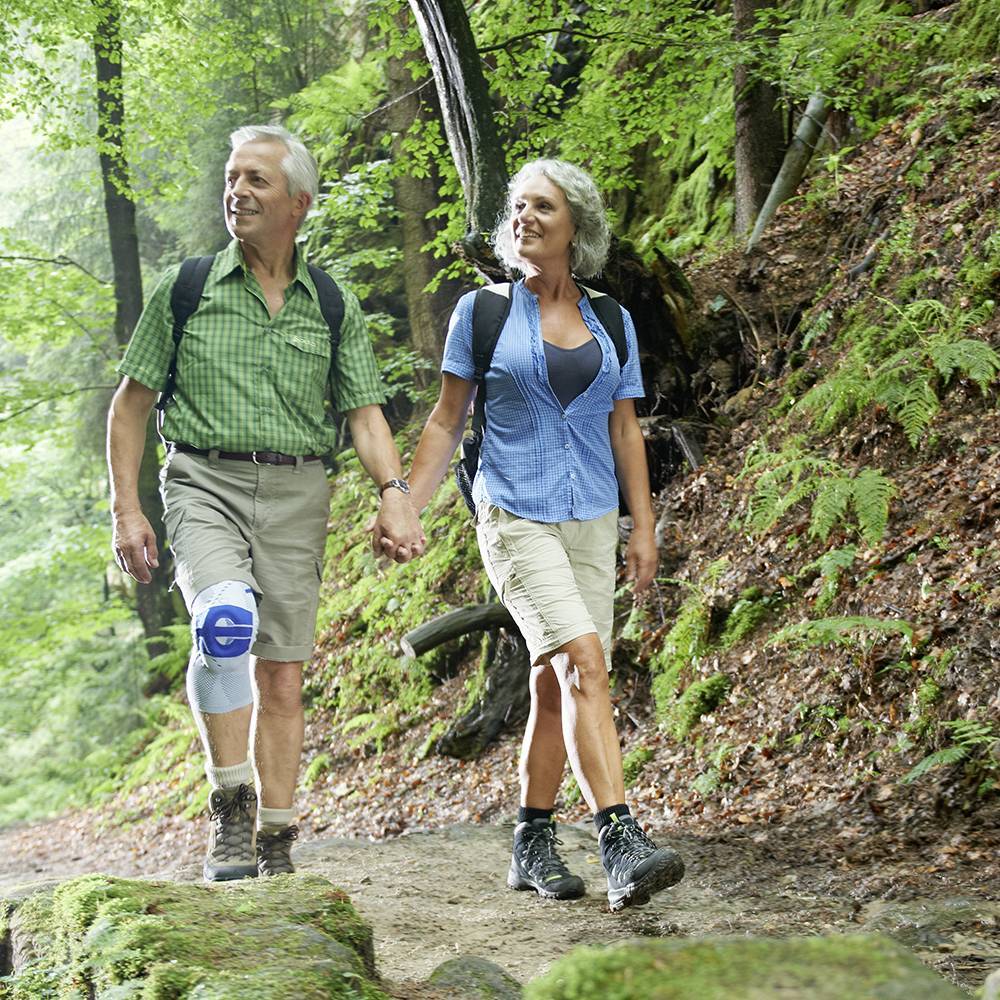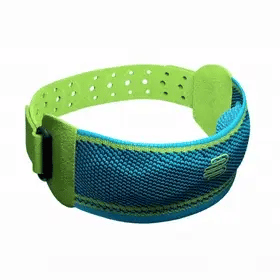Runner’s Knee pain is all too common among runners. Too much training, insufficient muscle strength, and even worn-down running shoes can lead to pain that stops you in your tracks. Fortunately, there are ways to relieve the pain and help your knee recover.
What is Runner’s Knee?
Runner’s Knee pain is caused by irritation of the soft tissues or lining of the knee, strained tendons, or worn or torn cartilage. As such, it’s not really a singular condition like patellar tendonitis but an umbrella term for various conditions that may be causing the pain. Your case may be caused by a variety of things, including:
- Overtraining
- Kneecap misalignment
- Flat feet
- Weak thigh muscles
- Tight leg muscles
- Inadequate stretching
- A prior injury to the kneecap or surrounding structures
With Runner’s Knee, you may feel:
- Pain around the kneecap when exercising or walking
- Pain when knees are bent
- A feeling of weakness and instability in the knees
- Rubbing, grinding, or clicking sound of the kneecap that you hear or feel when you bend and straighten your knee
- Kneecap that is tender to the touch
How to treat Runner’s Knee
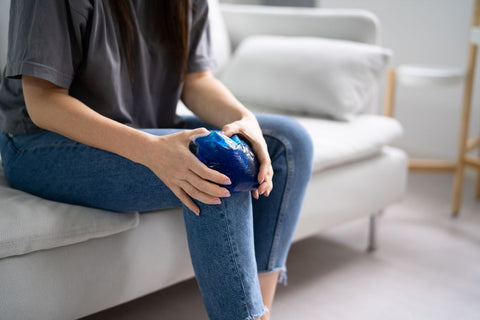
RICE your knee
Most of the time, taking a break and resting the knee is the best option. To reduce inflammation, we recommend compressing the area and icing the joint. Elevating the leg is also a helpful measure to reduce inflammation.
Do not cool your knee for too long; 20 minutes is enough. Repeat the process several times per day to reduce inflammation and pain.
See a specialist
We recommend you visit a health professional such as a physiotherapist or osteopath to diagnose you accurately. They may be able to prescribe anti-inflammatories to reduce inflammation and quicken the healing process. Additionally, they may recommend some appropriate stretches and exercises that may help you strengthen the components around the knee to reduce the chances of developing the condition in the future.
Brace for Runner’s Knee

GenuTrain P3
SHOP NOW
Additionally, we recommend using a knee brace or strap to reduce the symptoms of Runner’s Knee and promote the healing process.
We recommend the GenuTrain P3 for Runner’s knee to stabilise your kneecap with a special functional cushion, a wedge on the side and a corrective. The brace’s gradual compression will reduce swelling and work with the pad to relieve pain and improve coordination. The GenuTrain P3 also provides your knee with the necessary security for movement without dealing further damage.
To sum up
Runner’s Knee is in an uncomfortable condition that can seriously interrupt your training. Fortunately, with rest, ice, compression, elevation, physiotherapy, and a quality knee brace can get you on your way to recovery.

